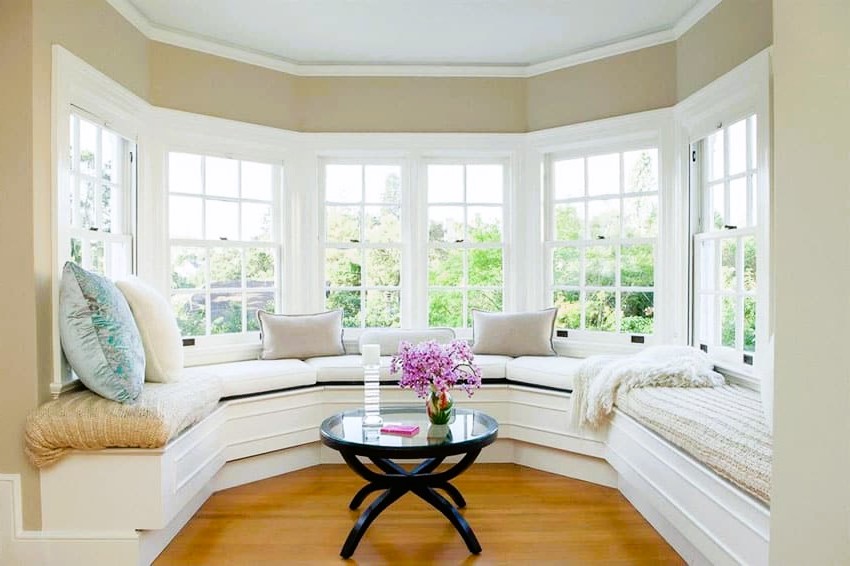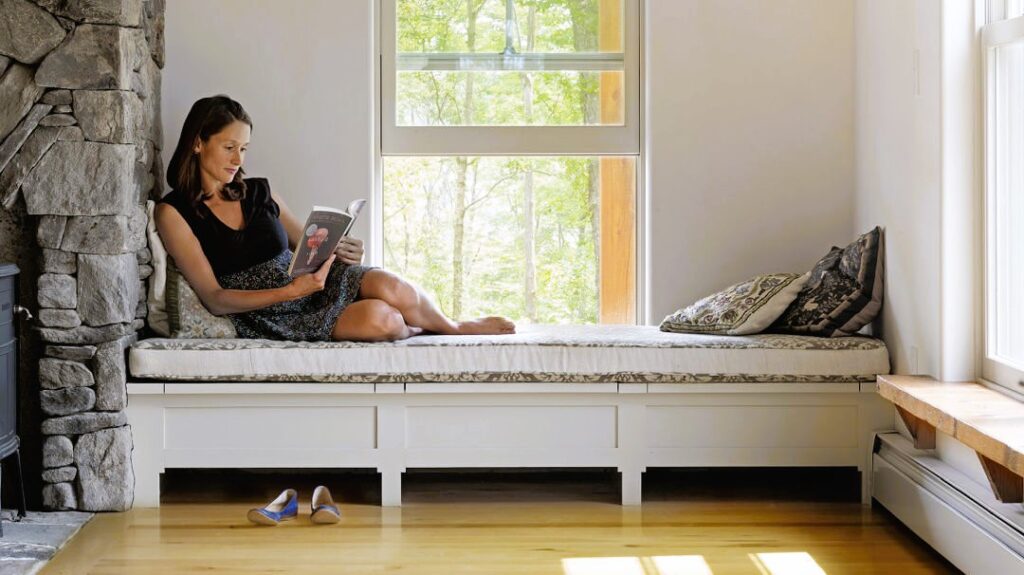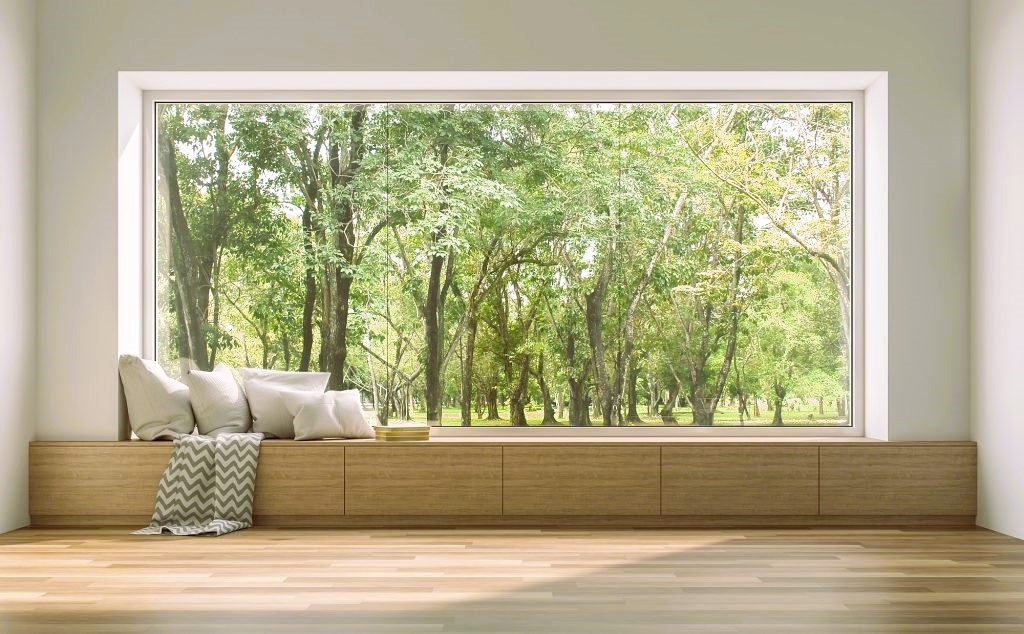In the realm of interior design, few elements evoke a sense of comfort and charm quite like a window seat. These inviting nooks not only add a touch of architectural interest to a room but also offer a unique opportunity to create a cozy haven with a view. From reading corners to contemplative spaces, window seats have captured the hearts of homeowners and designers alike. In this article, we’ll explore the allure of window seats, their design considerations, and the role of standardization in creating safe and functional spaces.
The Appeal of Window Seats: A Blend of Aesthetics and Functionality
Window seats have a timeless appeal that transcends architectural styles. They transform an otherwise empty expanse beneath a window into a purposeful and inviting area. Whether positioned in a living room, bedroom, or even a hallway, a well-designed window seat invites occupants to pause, relax, and enjoy the scenery.
These seating nooks often boast built-in storage, making them both visually pleasing and highly practical. Hidden compartments beneath the seat cushion provide valuable space to stow away items such as blankets, books, or board games. This dual-purpose feature enhances the functionality of the space while maintaining a clutter-free aesthetic.
Design Considerations for Window Seats

When incorporating a window seat into your interior design, several factors come into play:
- Location: Choose a window with an appealing view to make the most of the window seat experience. A seat overlooking a garden, cityscape, or tranquil outdoor setting enhances the ambiance.
- Size and Proportions: Ensure that the window seat’s dimensions align with the available space. It should be large enough to accommodate seating comfortably, yet not overwhelm the room. Windows as Art: Exploring the World of Custom Glass Designs.
- Comfort: Select appropriate cushions and upholstery to make the seat comfortable. Incorporating throw pillows can enhance coziness and add a pop of color.
- Storage: Integrate storage options beneath the seat, such as drawers or hinged lids, to maximize functionality and keep the area organized.
- Lighting: Consider installing appropriate lighting near the window seat for reading or other activities.
Standardization and Safety

Standardization plays a crucial role in ensuring that window seat designs adhere to safety and functional guidelines. Organizations such as the International Code Council (ICC) and regulatory bodies like Health Canada set standards that architects and designers should consider when creating window seat installations.
Relevant Links:
- Wikipedia: For an overview of window seats, their history, and variations in design, visit the Wikipedia page on “Window Seat (Type of Furniture).”Website: Wikipedia – Window Seat (Type of Furniture)
Creating Your Personal Haven
The allure of a window seat lies in its ability to transform a mere architectural feature into a personal sanctuary. With the right design considerations, attention to comfort, and adherence to safety standards, you can create a cozy nook that offers a tranquil escape while basking in the beauty of the outdoors. Whether you’re curling up with a book, sipping your morning coffee, or simply daydreaming, a well-crafted window seat can be a delightful addition to any home.

